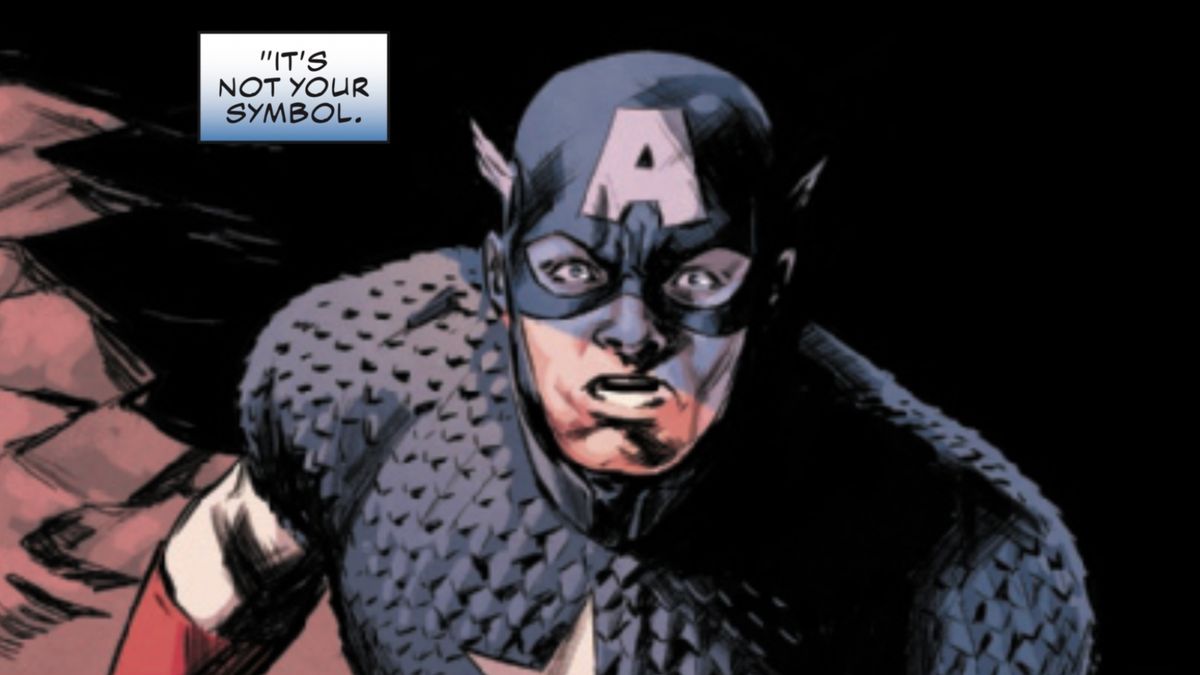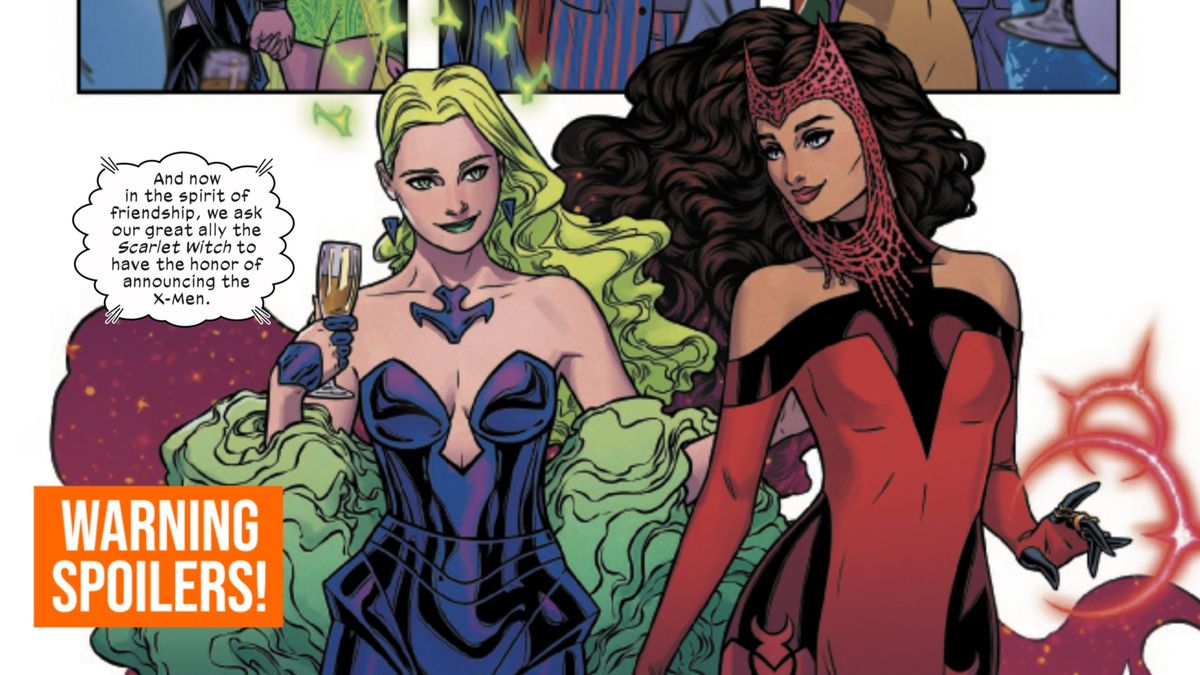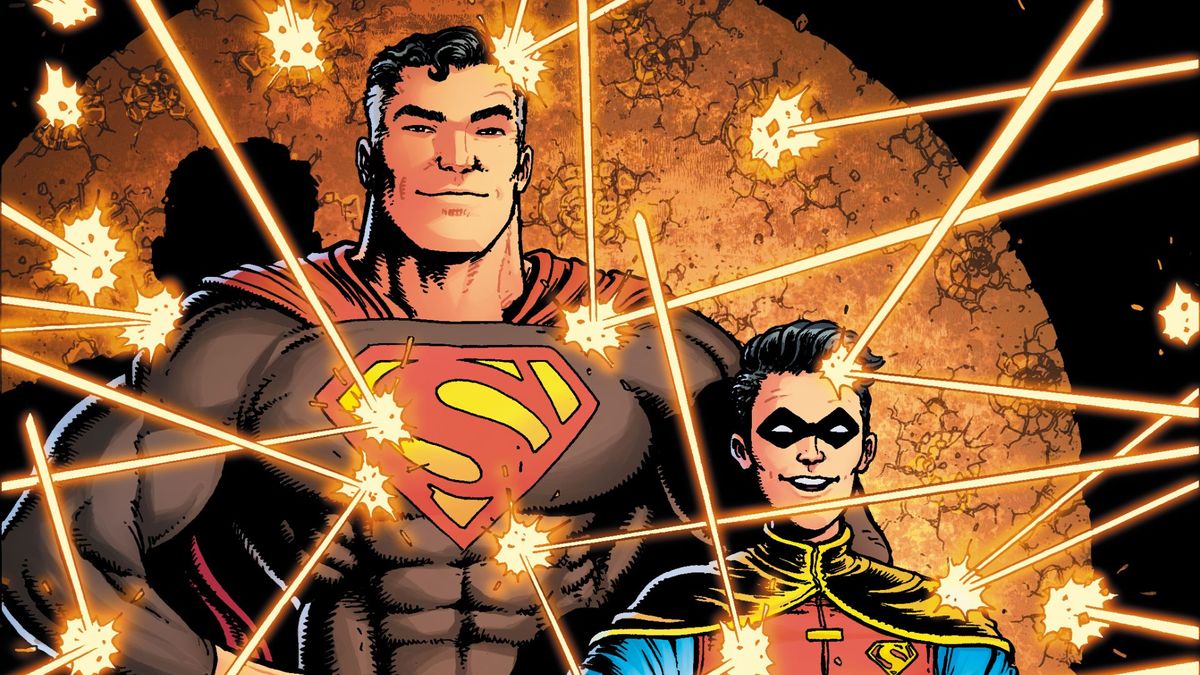Tim Drake recently began using the name ‘Robin’ again after years as Red Robin, but at the same time as he’s revisiting his past he’s also embracing his future by dating a young man for the first time.
In many ways, Tim Drake is a rarity.
Created in 1989, he’s one of the few characters introduced during the Modern Age who is still popular with comic fans. In fact, he’s among the most beloved heroes in the Batman family.
“I think, given everything that’s been done to him, he’s exceeded all expectations,” says former Red Robin writer Chris Yost. “Tim Drake carried several Robin limited series, and his own title for well over 100 issues.”
The birth of Tim Drake

But Tim Drake’s introduction came at a time when the idea of a new Robin was far from being popular. In the ’80s, original Robin Dick Grayson had ‘graduated’ to an adult role, wearing the mantle Nightwing. Batman readers were given another Robin named Jason Todd, whose existence was markedly unpopular — so much so that readers voted to have him killed.
Marv Wolfman, the writer who created Tim Drake as Robin in the pages of the main Batman title, said he thinks it was important that DC successfully restore the Robin legacy after Jason Todd’s death.
“Nothing was wrong with Jason except that the fans didn’t take to him,” Wolfman says. “He was a fine character, but during that time period in comics, the idea of a snotty, possibly criminal Robin could not be accepted. But look at Damian today. I had nothing to do with Jason so I could come in and create a Robin the readers of the time would like as a person.”
The late Denny O’Neil, who was DC’s Batman editor at the time, initially wanted to wait a while before introducing a new Robin.
“After we bumped off Jason, I thought eventually, we’d need a new Robin, but I thought we’d give it a year,” he told Newsarama. “But word came down from on high — I mean, higher than Jeanette [Kahn, then DC president] — no, we need a new Robin right away.”
Yet O’Neil made sure the character was introduced slowly, something Fabian Nicieza, who wrote Tim’s character in the Red Robin series, noticed as a reader.
“By developing the character slowly, making it obvious he would eventually become Robin, but not putting him into costume too quickly, fans got a chance to see the character’s foundation,” Nicieza says. “As a reader and rookie writer at the time, I remember thinking that Denny O’Neil’s writing group was doing an excellent job of defining Tim’s strong moral underpinning, and most importantly I think, the fact that he never became Robin for selfish reasons, he did it because he knew Batman needed it, and he knew how important Batman was.”
Breaking the mold of Robin
O’Neil also had to face a new challenge, particularly after the death of teenager Jason Todd. Because stories were becoming more realistic, the editor felt like he had to come up with a reason why Batman would put another child in danger, something “they didn’t think about in the early days, when they made the first Robin character,”
“But we had to think about that, because of the realism we were using at the time in the industry,” said O’Neil. “It was a different time. I even hired somebody to design a costume that would afford maximum protection, thinking it might be acceptable to put a child in harm’s way if he was well protected. We used almost none of that design, but we did think about those things at the time.”
To explain a child’s presence in brutal battles, Tim Drake’s character had to be developed in a way that made him an asset to Batman in the field, which the writers accomplished by making him a great detective and supportive presence for Batman.

“We waited several months before we actually had Tim in danger,” O’Neil said. “At first, he was the guy who did reconnaissance from across the street. This is not real life. This is fantasy melodrama, so eventually, the stories put him in danger. But we didn’t want to be callous about it. And we wanted to establish that this child was more than just a kid that Batman decided to put in danger. Tim Drake was an asset.”
O’Neil also wanted to eliminate the idea of Robin that was established in the old Batman television show, as a sidekick that said ‘Golly!’ a lot. And he credits Marv Wolfman with accomplishing a whole new level of intelligence and heroism in Tim Drake.
“Simply, with the end of Jason Todd, I was asked what I’d do to create a new Robin. My thoughts were that this Robin should want to be Robin and not Batman,” Wolfman says. “That he have parents, to differentiate him from all other kid partners, and that he not only be a good athlete, but incredibly bright and intuitive. To accomplish some of that, I had him at the circus, as a very young child, when [original Robin] Dick [Grayson]’s parents were killed; I thought that would be something he’d never forget and would cement the memory of Dick’s performance in his mind. The rest followed out of that.”
Nicieza says the character seemed to be introduced as a likable character from the beginning.
“Tim seemed specifically developed to counter the difficult creative position DC had been put in after what had happened with the ‘marketing death’ of Jason Todd,” the writer says. “I imagine half the audience was happy with Jason’s death and half weren’t, so whatever you did with the next character to assume the mantle of Robin had to be smartly designed enough to keep your divided audience satisfied.

Wolfman decided to make the character very moral, and Chuck Dixon further developed that feature in subsequent comics featuring the character.
“I think that he’s good, bright, and though he figured out who Robin really was, he never said anything, [and that] meant he was honest,” Wolfman says. “That he had a family and a background that fleshed him out before he became Robin helped. And that his ties were directly with Dick Grayson — being there for the death of his parents — gave him a heritage.”
“I think that’s a pretty hard foundation for fans not to embrace,” Nicieza adds. “They might not like his personality or the role of Robin in general, but you can’t deny that it was hard not to respect Tim Drake.”
Soon after his introduction, Tim Drake starred in several limited series by Chuck Dixon that sold well and created industry buzz.
“I think new readers were taken by Chuck Dixon’s take on the character, which very smartly combined aspects of ‘the making of a hero’ arc with ‘teen angst’ that wasn’t too dour, but gave Tim conflict in a fun way,” Nicieza says
The character is also different from a lot of other heroes because he has faced a lot of adversity, but did so without becoming bitter or dark, something that’s a particular aspect of many other Batman characters.
Tim Drake rises through adversity

Brad Meltzer, the best-selling novelist and comic book writer, was given the task of putting Tim Drake through a horrific experience in the limited series Identity Crisis (opens in new tab).
“Full credit to [DC’s then-executive editor] Dan DiDio, who knew that Tim’s dad was about to be killed elsewhere, and said to me that if I could make it work with the plot, I could do it,” Meltzer says. “And since Identity Crisis was about death in all forms — from death of family, to death of self — it worked perfectly for what we wanted. Plus, it was the kind of death that mattered — one that would impact the character forever.”
Soon after losing his father, Tim also lost two of his best friends, Superboy Conner Kent and Kid Flash Bart Allen. Yet the impact of all the deaths was not a particularly negative one for the character, making him even more heroic and familiarly human for having experienced those things.
“He’s embraced Batman’s world, been put through hell, and come out the other side emotionally OK, in ways that Batman still isn’t. He’s still human in a way that Batman really kind of isn’t,” Yost says.
By the time Bruce Wayne was assumed dead, Tim Drake had evolved into one of the more respected heroes of the DCU. And with Bruce gone, his ascension from the title ‘Robin’ was something most fans saw as fitting.
“I have to believe that since Tim was in serious contention as someone who could take over for Bruce, seeing him evolve from Robin was inevitable. Tim still has lessons to learn, but they’re different lessons now. Damian Wayne needed the role and lessons of Robin more,” Yost says.
The Red Robin years

That’s when Tim Drake began wearing the costume of Red Robin, a mantle that was first introduced in the DC limited series Kingdom Come (opens in new tab), which told of a future Robin-turned-Red Robin. So the costume and look were somewhat familiar to readers.
But what wasn’t familiar was Tim Drake as an adult superhero, something writer Chris Yost had to establish.
“Tim was in a horrible place when I got to him, having lost pretty much everyone he loved. Mom, Dad, Conner, Bart, Bruce… it was a rough patch. And Robin was always supposed to be the light in Batman’s world,” Yost says. “So honestly, I really wanted to bring the light back, to see Tim through the tunnel to the light at the end, and making sure it wasn’t a train. I like that he can operate like Batman, be the detective, crack skulls, and still have a life. Still smile. He can be serious like Bruce, and enjoy it like Dick.”
How Tim Drake fits into the Bat-Family

The other aspect of Tim Drake that has helped him endure is the role he filled in the Batman family as someone who thinks before he acts, mirroring his mentor Batman, but in a more caring and healthy way.
“I think he considers himself the spinal column of the Bat-family,” Nicieza says. “His arrival brought Bruce back into the light, brought Dick back into the fold, and in many ways, that status as a thematic lynchpin continues to this day, even now that he’s on his own a lot more.”
For Meltzer, the most important thing for Tim’s future is that he’s handled with the same type of care he’s experienced since his introduction in 1989.
“I think the strength of Tim Drake has been the strength of the many writers and artists who treated him as Tim instead of just as Robin. That’s why he endures,” Meltzer says. “We all knew what Robin did. We now know what Tim would do as well. No small task.”
Tim Drake ranks high in our list of the Batman family.
 Game News Video Games Reviews & News
Game News Video Games Reviews & News



